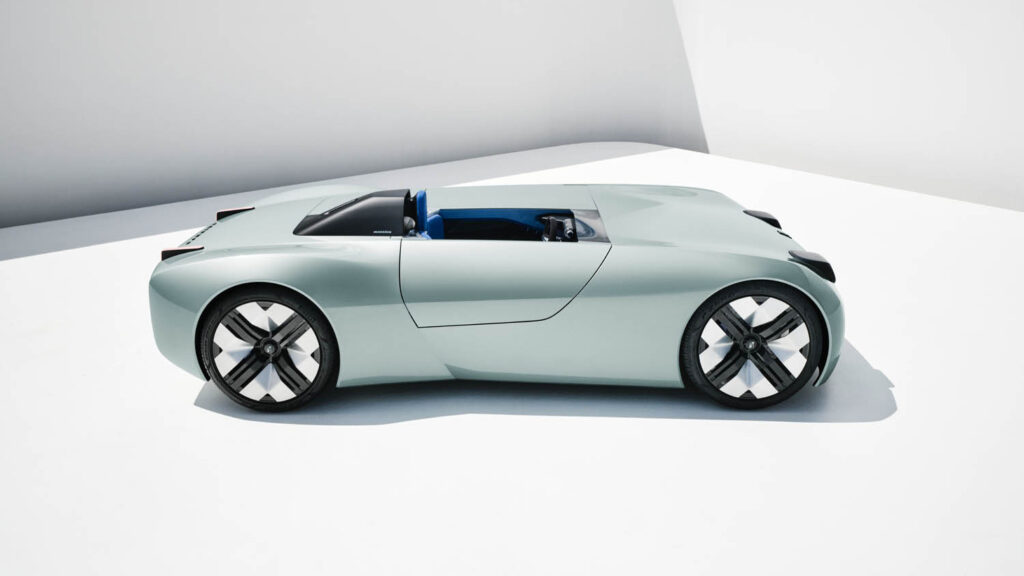This summer, we’ve all seen the rise, fall and bold reimagining of a number of big-name brands. But what’s in a name anyway, asks Stephen Holmes, and what could it mean for the products you and your team design?
The summer of 2023 has seen brands resurrected, reboosted and entirely undone. It’s been a veritable showcase of how, with the right backing, a new product can succeed while another might flounder.
The bigger the brand, the more impact that the flipchart dweebs from the marketing department are likely to have on the product development process. A branding disaster can kill even the best design, but with all that has happened recently, does this still ring true?
At the midway point of 2023, the branding rulebook looked to have been torn up by some of the biggest names around. Meta – provider of such gold as your racist uncle’s Facebook-based conspiracy theories and your old schoolfriend’s holistic vegan travelogue on Instagram – launched Threads, a platform that’s basically one squiggle away from being Twitter.
However, because these products are essentially free software, users simply adopted yet another social media platform onto their mobile devices.
In response to this, seemingly at the behest of its capricious owner Elon Musk, Twitter didn’t so much rebrand its clear visual identity, but stuck the crosshairs on it.
X, the new name for Twitter, is little more than a minimalist Unicode symbol, with everything else blacked-out. It’s teenage-angst graphic design at its most blatant, but to date, the platform continues to offer the same old functionality.
Did this draw in new users, or encourage more loyalty to the brand among existing ones? Neither, if we’re honest. We all still call it Twitter – even the BBC qualifies any mention of X in its reporting with the words “formerly Twitter.”
Another example: the new football-based video game from EA Sports may have lost its brand licensing from the sport’s governing body, but it will forever be known as ‘FIFA’ among players, however much money is thrown at a glitzy redesign.
The flipside can be found in Habitat. Once a darling of British furniture design, the prestige brand founded by Sir Terence Conran is now just a logo slapped onto a natty bedside chest of drawers for sale from Argos.
The rulebook has well and truly been torn up. While megabrands chop and change, new challengers emerge every day
Brand loyalty
What all this tells me is that, while brand power continues to exist in the twenty-first century, brand loyalty is something that many companies still have a hard time figuring out.
Many people still hanker after familiar brands, ones that we all thought went to the dogs decades ago. The automotive industry, for example, loves to dig up a nostalgic badge or marque name from the past, dust it off and then create a new design ‘inspired’ by a legacy model.
A successful example of this has been the redesigned BMW Mini, which has been roaming our streets now for nearly as long as the original model, and conveying a sense of zippy, energetic, fun driving that its parent brand lacks.
Another BMW-owned brand hoovered up in the 1990s was Triumph Automotive, a marque so soiled by its late-century demise that you’d expect that nobody would dare resurrect it. Until now, that is — because London-based automotive design studio Makkina has recently designed a T25 concept with BMW’s blessing.
It’s a sleek roadster, based on the TR2 ‘Jabbeke’ land speed record holder of almost seven decades ago. With its gullwing doors and electric drive, will the concept be enough to light up interest in the Triumph name for a new generation, much as Mini did? Who knows?
A brand as powerful as Tesla is known to make acolytes foam at the mouth over a single rendering, and the original ‘new’ Mini concept had people queuing up to spend their money, so it’s always a possibility.
The rulebook has been well and truly torn up. While megabrands chop and change, new challenger brands seem to emerge from the woodwork every day, spurred on by crowdfunding, social media and the globalisation of trends, markets and manufacturing.
What remains is that once a consumer has invested in a physical product, it’s the quality of the item that is king, not what a label on it stands for – a factor that is often conspicuous by its absence in today’s marketing.
This article first appeared in DEVELOP3D Magazine
DEVELOP3D is a publication dedicated to product design + development, from concept to manufacture and the technologies behind it all.
To receive the physical publication or digital issue free, as well as exclusive news and offers, subscribe to DEVELOP3D Magazine here






